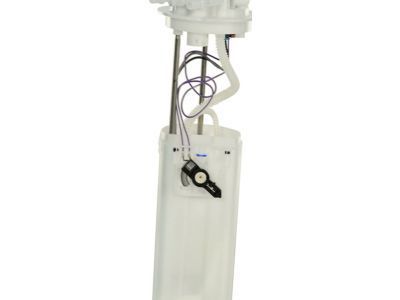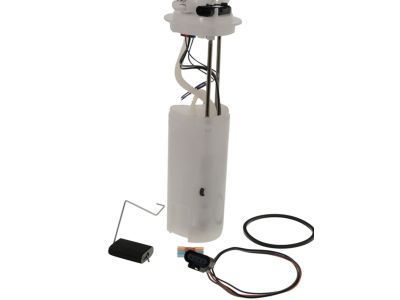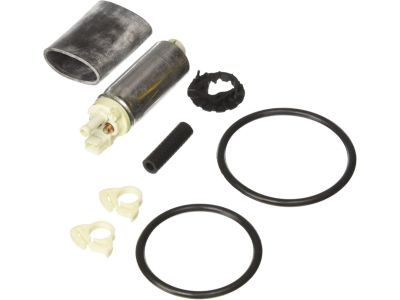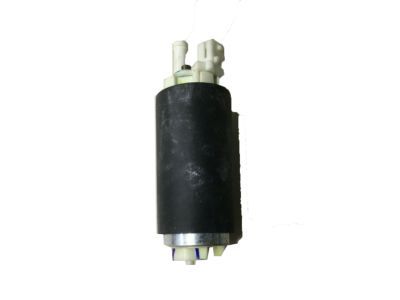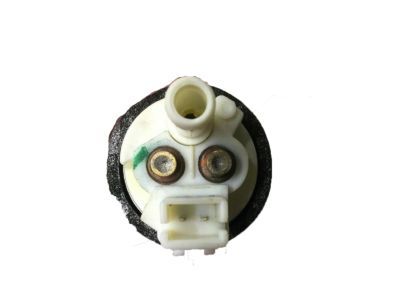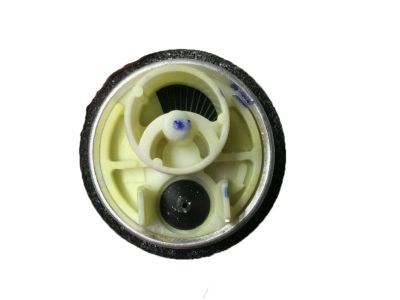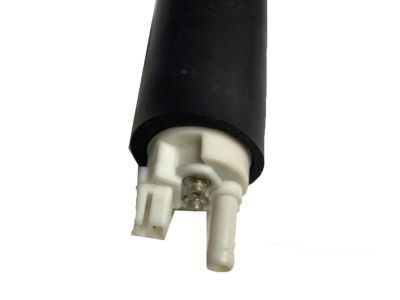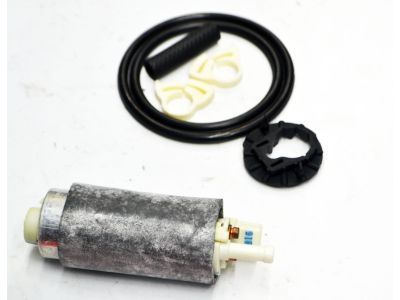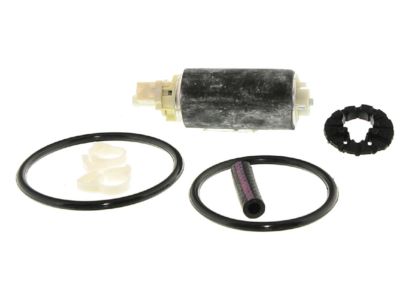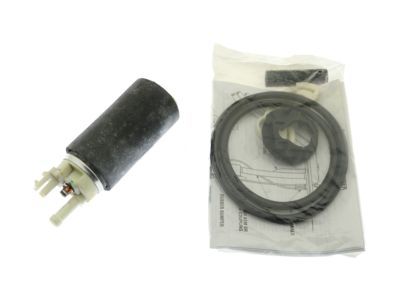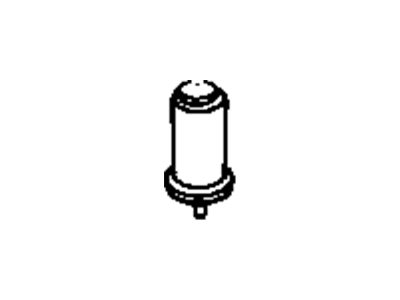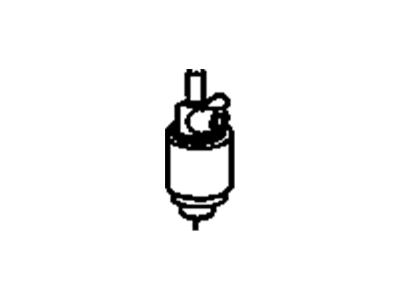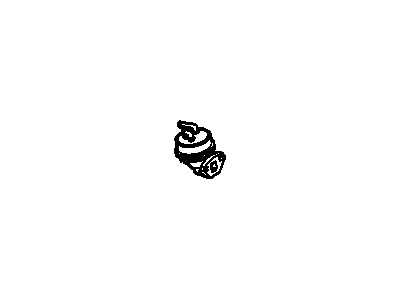
My Garage
My Account
Cart
Genuine Chevrolet Astro Fuel Pump
Gas Pump- Select Vehicle by Model
- Select Vehicle by VIN
Select Vehicle by Model
orMake
Model
Year
Select Vehicle by VIN
For the most accurate results, select vehicle by your VIN (Vehicle Identification Number).
9 Fuel Pumps found
Chevrolet Astro Fuel Tank Fuel Pump Module Kit
Part Number: 19331251$252.47 MSRP: $516.56You Save: $264.09 (52%)Ships in 1-2 Business DaysChevrolet Astro MODULE KIT,F/TNK F/PMP
Part Number: 19369901$284.91 MSRP: $582.94You Save: $298.03 (52%)Ships in 1-2 Business DaysChevrolet Astro Fuel Tank Meter/Pump SENDER
Part Number: 19111391$176.68 MSRP: $333.35You Save: $156.67 (47%)Ships in 1-2 Business Days
Chevrolet Astro Fuel Pump
Chevrolet Astro Fuel Pump is a vital component in the automotive system to pump fuel from the Chevrolet Astro's tank towards the fuel metering system such as the carburetor or the fuel injector. Mechanical fuel pumps and electric fuel pumps have been installed in Astro vehicles at different points in time. Mechanical pumps are used mostly with carbureted engines; they are operated by the camshaft and use a float operatively with venturi. On the other hand, electric pumps used in fuel injected engines, deliver higher pressure and their operation is controlled by ECUs to ensure optimal fuel delivery and safety. It can also be noted that if the fuel pump is changed to high pressure version in a Chevrolet Astro, it will not have adverse impact on the fuel economy as long as the pressure regulator is properly set. Performance fuel pumps are meant to be employed according to factory ratings and guarantee proper fueling of the engine. When such problem such as stalling or whining noise appears, it is advisable to check all the fuel system before thinking of replacing the fuel pump to keep the car running efficiently.
Each OEM Chevrolet Astro Fuel Pump we offer is competitively priced and comes with the assurance of the manufacturer's warranty for the part. Furthermore, we guarantee the speedy delivery of your orders right to your doorstep. Our hassle-free return policy is also in place for your peace of mind.
Chevrolet Astro Fuel Pump Parts Questions & Experts Answers
- Q: How to check fuel pump and fuel pressure on Chevrolet Astro?A:Certain precautions should be taken when it comes to fuel system maintenance. The first step involves relieving the fuel pressure, and in order to prevent fuel leakage, a shop towel should be placed over any fuel line connections that need to be disconnected. Before starting the engine, check for fuel in the tank and look for leaks or blockages in the fuel lines, hoses and connectors. A pressure gauge with an adapter set is used in conducting a fuel pressure check on carbureted and TBI engines. Next, remove this line from Throttle Body for carbureted and TBI engines or replace it with a Schrader valve on the fuel supply line for CMFI and CSFI engines. Afterward, start the engine depending on your engine type to find out about your fuel pressure. Perform a Fuel Pump Volume Check if Pressure is Too low; otherwise inspect for Fuel Line Restrictions if volume is insufficient. Replace the pump if there are no restrictions found. Similarly, there are some things that can be done during an electrical circuit test of TBI, CMFI and CSFI engines such as checking power at the relay of a fuel pump and power present at the connector of a fuel pump. If there is no power, then consider wiring problems or a bad relay. Pull out oil pressure switch take out resistance facing down into its hole while running engine; if engine dies out then oil pressure switch or its wire may had gone wrong.
